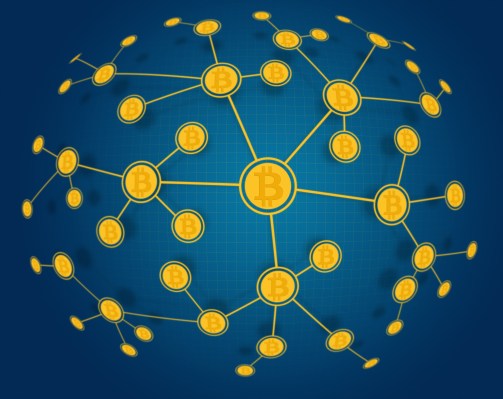Editor’s note: Lisa Cheng is the Founder of VANBEX a marketing and research firm specializing in digital currency, blockchain protocols, and decentralized technology.
Bitcoin is still in its early stages of market development. We are going through a slow process of realizing how data is where we will make our next evolutionary leaps in advancement. For this reason I have been working in bitcoin and on bitcoin blockchain technologies, to help realize a future where applications, networks and users will live homogeneously in a self-sustaining universe.
This future environment of sustainable technology will be decentralized in the sense that resources will be cyclical and spread across distances and dependencies, and will be based on users driving their own technology needs through direct interaction with the platforms and applications. This next evolutionary phase is what I have termed “tokenizing the user experience.”
The tokens driving this evolution are part of the bitcoin 2.0 ecosystem and are created using the bitcoin blockchain. They can also be referred to as “metacoins,” because they reside on a metalayer of the blockchain protocol. Some members of the bitcoin community also refer to them as “app coins,” because they are application specific.
Maidsafe, Storj and Factom are among the first projects to demonstrate how cryptographic tokens can be used in support of decentralized applications and infrastructure. In addition to leveraging the blockchain’s open and transparent ledger, projects that create these metacoins using cryptocurrency are able to easily record, track usage and distribute tokens on a global scale. This means that at any point in time, a project can confirm how many tokens are being used, which address is holding them, and where it originated from. It’s a new form of user interaction where the tokens represent market interest in the project and user activity itself.
To ensure security, bitcoin was developed using a series of algorithms that give all cryptocurrencies, including bitcoin and tokens, their ability to validate information secured by the laws of mathematics. For online commerce, where the use of traditional payment methods are easily faked, proving authenticity is valuable to many, including those who need to verify things quickly and easily. The use of cryptocurrency itself results in a new form of commercial interaction where the issue of counterfeit money is nonexistent.
This model has value when building a decentralized network of different systems that is not restricted by borders, territory, or language. And because this approach to network tokens is still new, we will likely see the emergence of more projects leveraging a token model for bringing forth new and innovative ideas. As such, the community has seen the rise of initiatives that pursue a political model of the blockchain where an ideology is tied to a coin.
Storj’s token is used to purchase storage space on its cloud network. Conversely, users are also able to earn these tokens by renting out their extra computer hard drive space for use by DriveShare, an application part of the Storj network. All tokens are transferable to other users, and every transaction is traceable. Based on the transaction flows of the token itself, the Storj team could determine how people are using the network and analyze how better to direct network resources based on user activity.
The concept of network-access tokens has been around for a long time; it’s still used every day for security access in the form of RSA, given to users who purchase software in the form of license keys, and distributed to gamers who pre-purchase gaming codes. They represent a standard method of authentication to grant user access, provide network clearance and prove identity. The use of cryptocurrency in this form combines what software companies have traditionally used for proof of purchase with immutable tokens. This results in applications that encourage fluid user interactions.
It’s important to note here that projects launching via tokens on the blockchain encourage decentralization, open-source development and transparency. Tokens in effect are used throughout a decentralized network, as users are able to earn and spend the coin across systems and applications, where its advantage is that it is a verifiable and an “un-fakeable” piece of data. This type of provable and transferable token is valuable as a form of network asset that can be traded among users and earned as a commodity.
As open-source projects decide to issue their own tokens using the blockchain, we approach a new era of decentralized application development where entire systems are fueled by their own assets, which can protect and incentivize the entire network. Development projects that leverage tokens in this manner benefit from owning the process of user acquisition and licensing. Third-party issues, such as failed credit card processing, delayed bank transfers and fraudulent transactions, are no longer impediments to growing the user base.
Bitcoin has been characterized as a distributed system with fault-tolerant logging and globally consistent sequencing as written by the alias Satoshi Nakamoto. The author(s) of the original bitcoin paper may not have anticipated this turn of events, which presents the blockchain as a model for scalability and decentralization capable of supporting grassroots application development.
By this system we are witnessing how user trust is delivered with the token, which takes our understanding of bitcoin as a currency, to bitcoin and the blockchain as a platform — extending the use of cryptocurrency beyond simple peer-to-peer transactions toward a decentralized model for incentivizing verifiable data.
